Mediterranean destinations Greece and Croatia share stunning coastlines and ancient history, and increasingly compete for travelers seeking azure waters and historic ambiance. Yet beneath these surface similarities lie distinctly different travel experiences shaped by geography, culture, and historical trajectories.
Here is a list of 16 meaningful differences between these popular destinations that go beyond obvious observations—insights that help travelers make informed choices or prepare appropriately for each country’s unique personalities.
Island Accessibility Contrasts
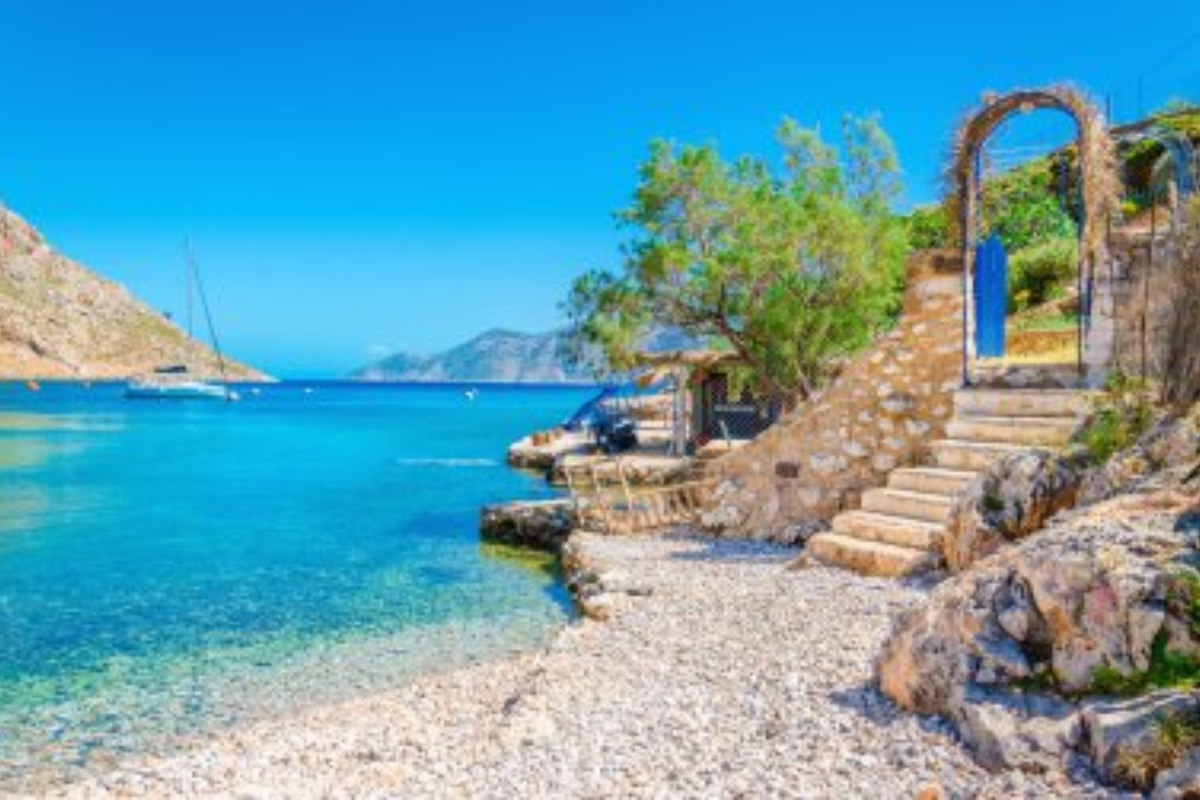
Croatia’s main islands connect to the mainland via frequent ferry services that run like aquatic highways, making island-hopping relatively straightforward with a rental vehicle. Greek islands, however, require more committed planning, with longer ferry journeys and schedules that sometimes operate only once daily during the shoulder season.
While Croatia’s islands function as extensions of the mainland, Greek islands maintain more distinct identities. The linear arrangement of Croatian islands along the coast contrasts with the scattered archipelagos of Greece, which necessitates more complex transportation planning.
Architectural Heritage Differences
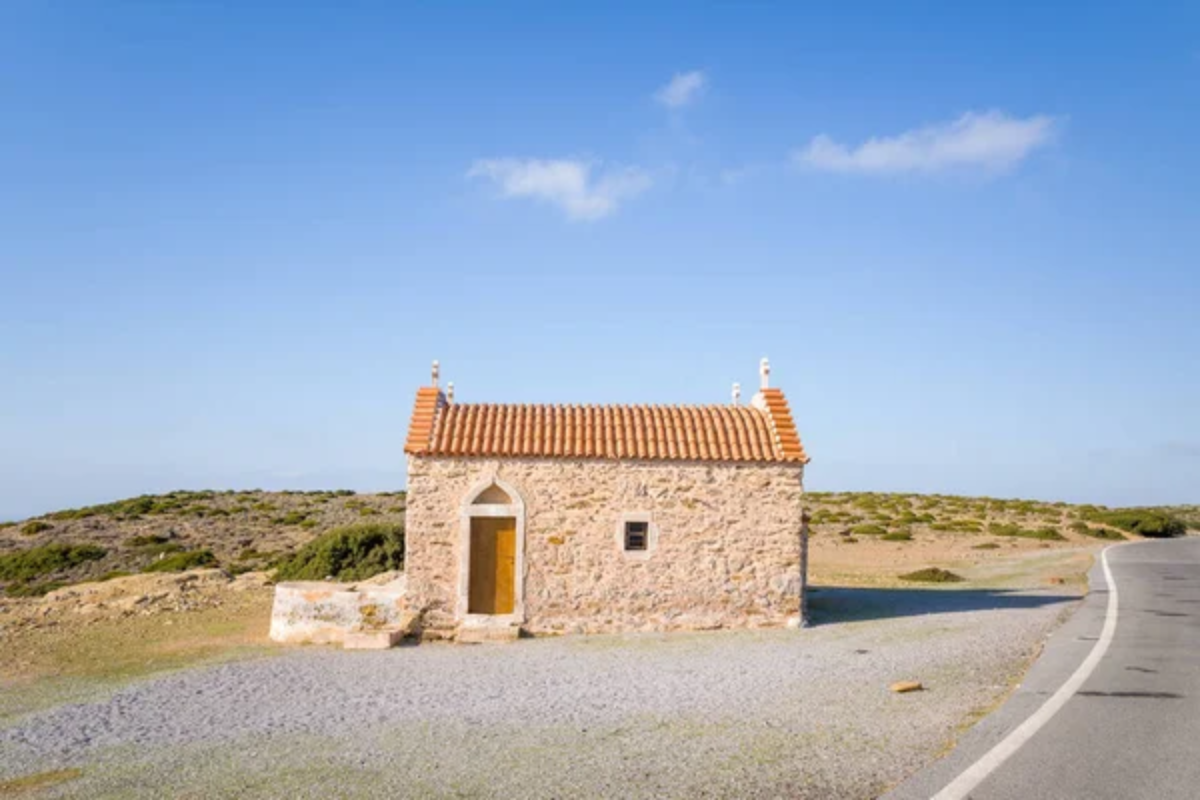
Greek villages typically feature whitewashed cubic buildings with bright blue accents—an iconic Mediterranean aesthetic shaped by centuries under Ottoman rule and practical responses to intense sunlight. Croatian towns showcase distinctive Venetian Gothic and Renaissance architecture, with warm limestone buildings, red-tiled roofs, and elaborate stonework reflecting centuries of Venetian Republic control.
Greek Orthodox churches feature characteristic domed roofs and Byzantine influences, while Croatian Catholic churches display clear influences from Central Europe. These contrasting built environments create distinct visual experiences despite similar coastal settings.
Like Travel Pug’s content? Follow us on MSN.
Underwater Visibility Variation
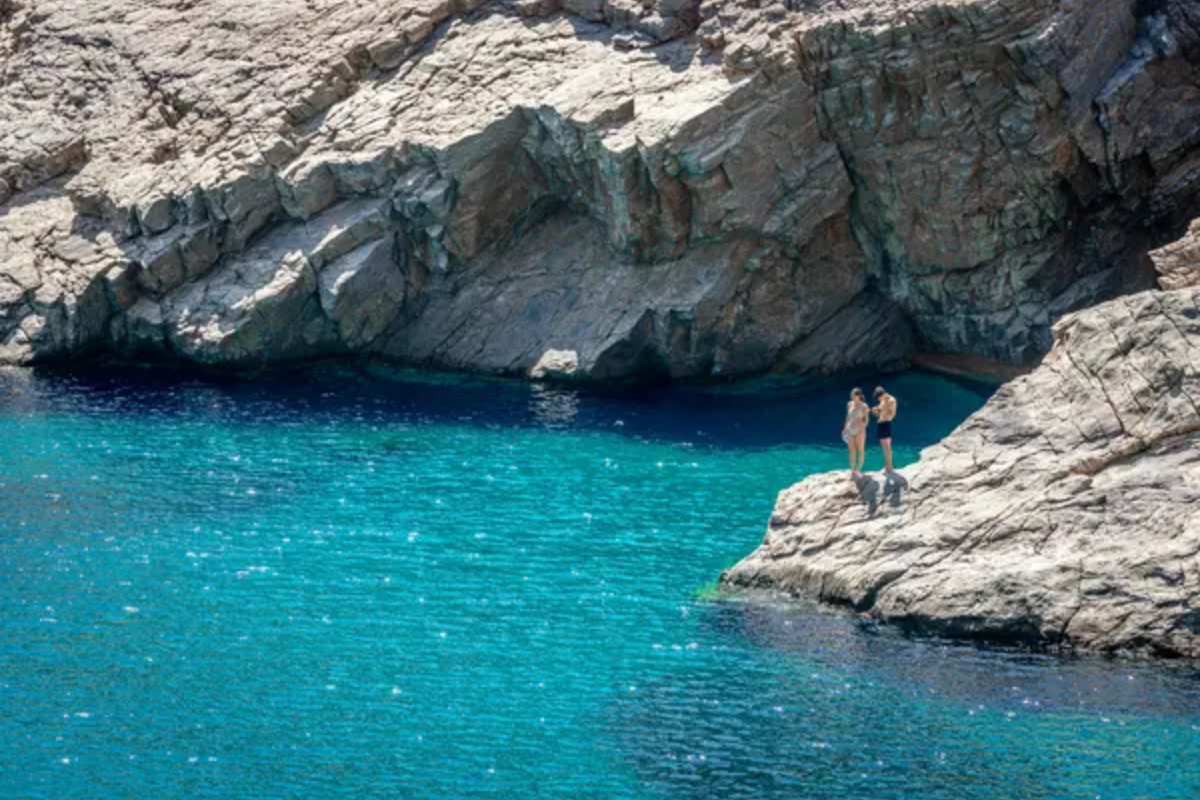
The Adriatic waters surrounding Croatia offer remarkable clarity, with visibility regularly exceeding 30 meters due to limited river sediment and minimal tidal fluctuation. The Aegean and Ionian seas surrounding Greece feature more variable conditions affected by stronger currents and seasonal plankton blooms.
Croatian snorkeling spots feature dramatic limestone underwater topography with caves and walls, while Greek waters offer greater marine biodiversity, including larger fish species. The underwater color palette differs noticeably—Croatia’s waters trend toward gem-like turquoise, while Greek seas display deeper blue tones.
Coastal Landscape Distinctions
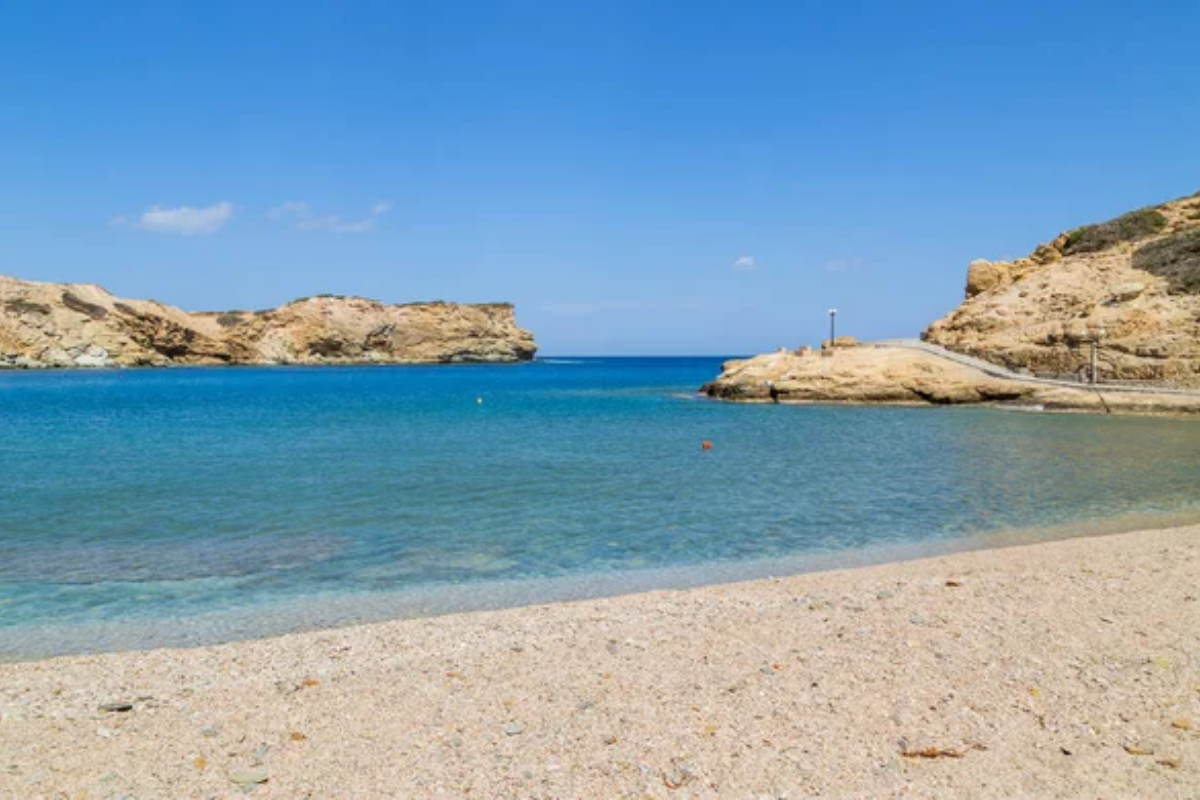
Croatia’s coastline features dramatically steep limestone cliffs plunging directly into deep water, creating fewer natural sandy beaches but spectacular swimming conditions from concrete platforms and rocky outcrops. Greece offers more varied coastal topography with significantly more natural sand beaches alongside its rocky sections.
Croatian beaches often require water shoes due to sharp limestone, while Greek beaches tend toward softer surfaces. The mountain backdrop sits much closer to the water in Croatia, while Greek coastal plains create more distance between mountains and shorelines in many areas.
Wine Culture Contrasts
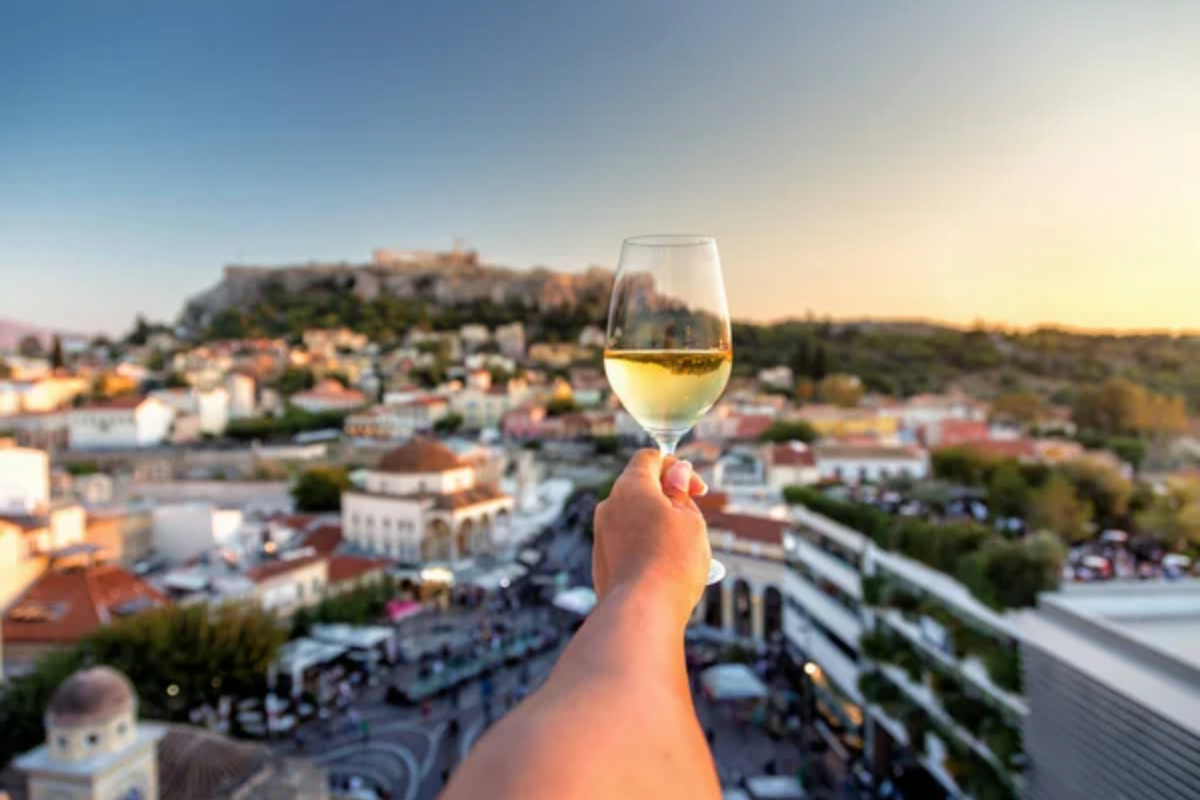
Croatian wine regions specialize in distinctive indigenous grape varieties like Plavac Mali and Malvazija that rarely appear outside the Balkans, creating genuinely unique tasting experiences. Greek wine production features both ancient varieties like Assyrtiko from Santorini, and increasing international recognition through modern winemaking applied to historical grapes.
Croatian wine tourism remains relatively undeveloped, with tastings often conducted informally by producers rather than in commercial tasting rooms. Greek wine tourism has developed more sophisticated infrastructure in regions like Nemea and Santorini, with established tasting routes and English-language support.
Like Travel Pug’s content? Follow us on MSN.
Seasonal Tourism Patterns
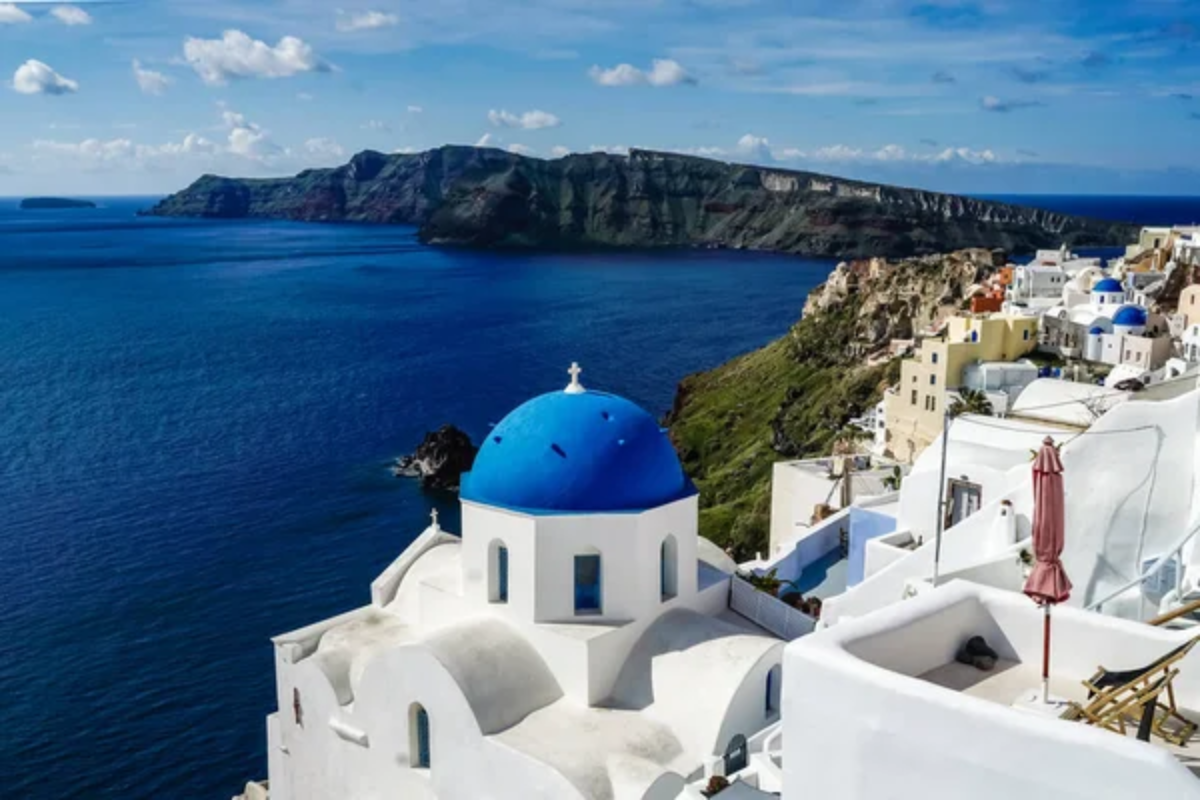
Croatia experiences extreme tourism seasonality, with coastal destinations nearly shuttered from November through April as businesses close completely and residents migrate to larger cities. Greek tourism operates on a broader calendar, with Athens and larger islands maintaining significant infrastructure year-round despite quieter periods.
Croatian summer brings an intense concentration of visitors along a narrow coastal band, while Greece disperses summer crowds across a much larger geographical area. This seasonality dramatically affects everything from accommodation pricing to restaurant quality and local hospitality dynamics.
Historical Site Integration
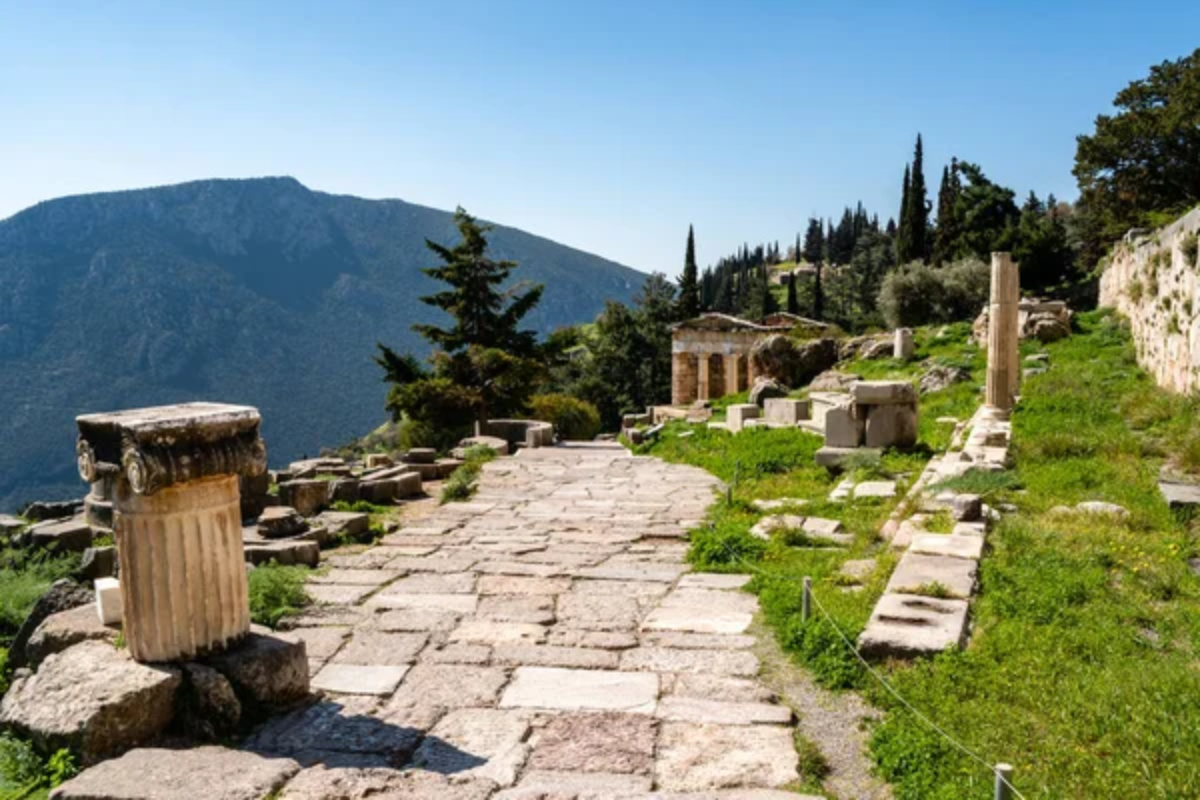
Croatian historical sites typically integrate directly into living communities, with ancient Roman structures like Diocletian’s Palace in Split repurposed as restaurants, shops, and apartments over centuries of continuous use. Greek archaeological sites more often exist as dedicated preservations separated from daily life—fenced, ticketed complexes focused on academic preservation rather than adaptive reuse.
Croatian historical interaction feels immersive and casual, while Greek sites offer more structured educational experiences with superior interpretive materials. This fundamental difference shapes how visitors physically engage with each country’s historical legacy.
Coastal Road Infrastructure
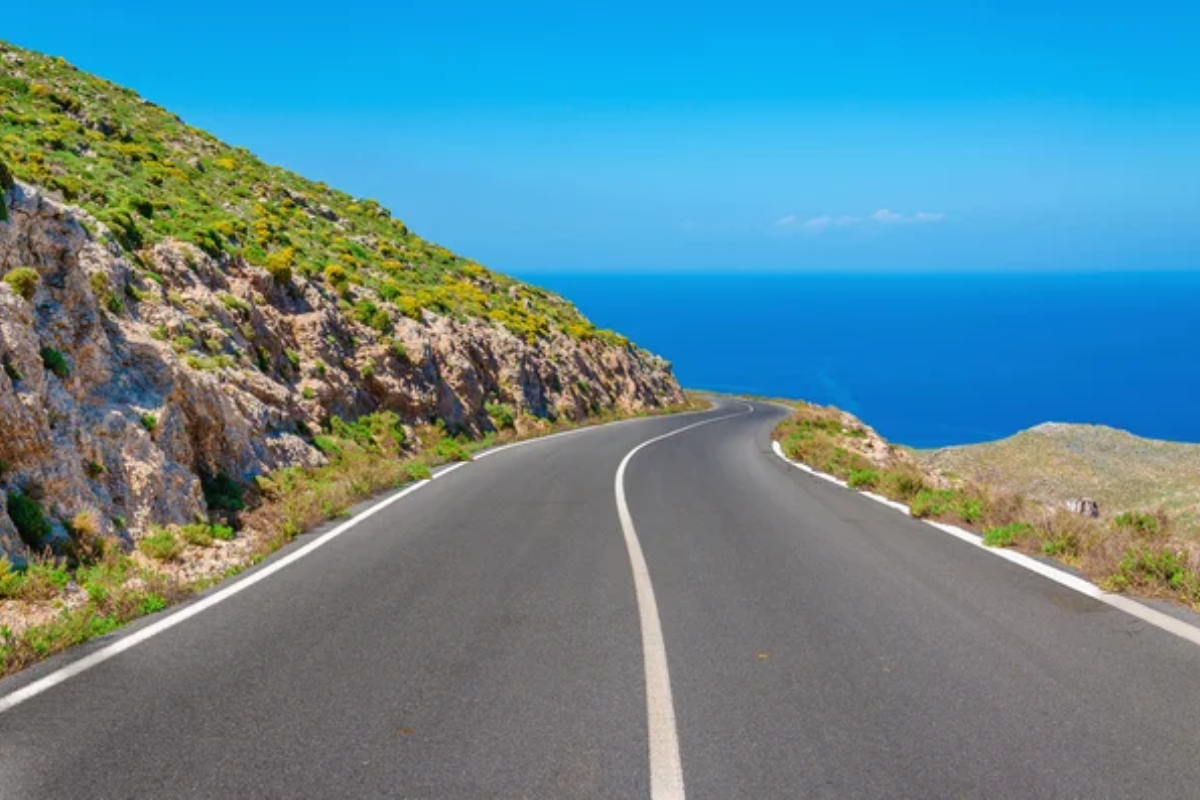
Croatia’s main coastal highway (the Jadranska Magistrala) offers one of Europe’s most spectacular driving routes, hugging mountainsides high above the Adriatic with panoramic vistas along nearly its entire length. Greek coastal roads typically run closer to sea level, with more intermittent scenic sections interrupted by inland diversions.
Croatian driving requires comfort with narrow mountain roads featuring limited guardrails and dramatic dropoffs. Greek island driving often involves more primitive road conditions, particularly when moving away from tourist centers. These differences significantly impact self-driving experiences in each country.
Like Travel Pug’s content? Follow us on MSN.
Local Hospitality Approaches
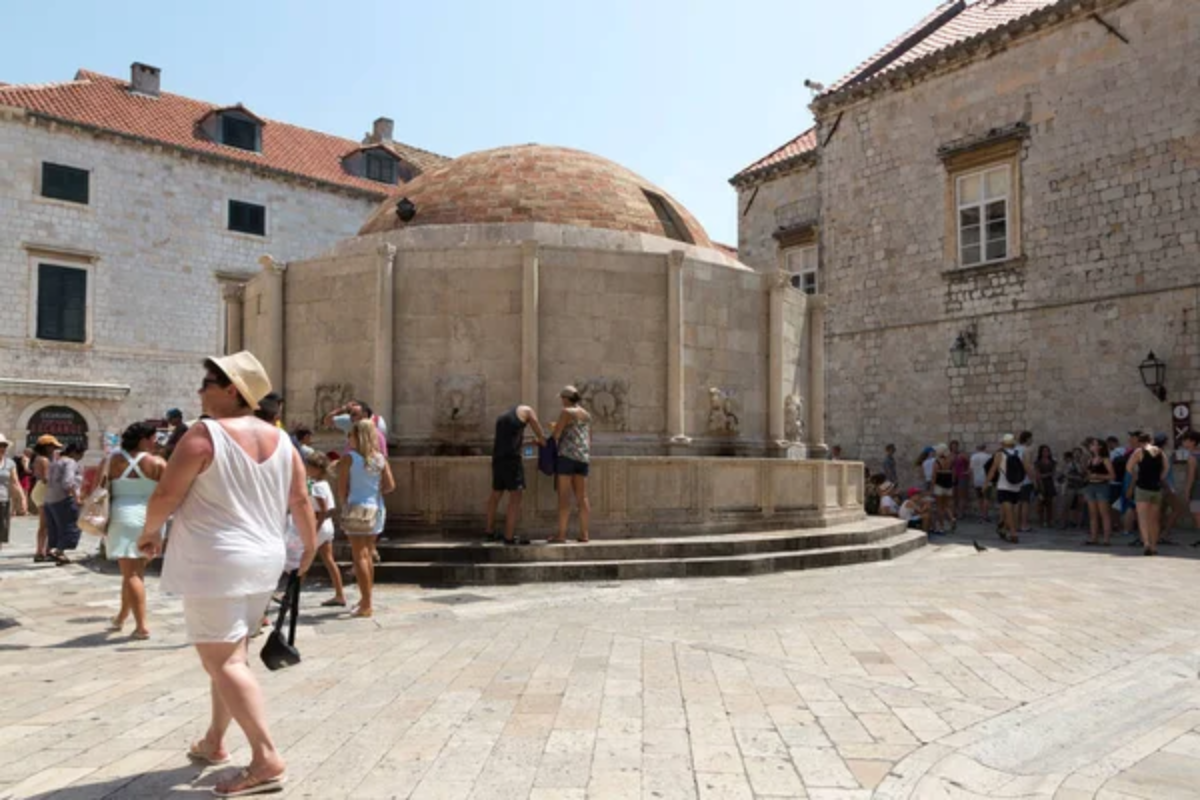
Croatian tourism professionals typically exhibit reserved Central European service styles—efficient and professional but rarely effusive, particularly in regions with established tourism economies. Greek hosts more commonly display Mediterranean warmth with more personal interactions, family-style service, and genuine curiosity about visitors.
Croatian tourism workers generally speak excellent English with widespread German language abilities, reflecting traditional visitor demographics. Greek hospitality operates with more variable language skills, but often compensates through more demonstrative welcoming gestures and personal attention.
These contrasting approaches create distinctly different atmospheres despite both being nominally Mediterranean destinations.
Urban Planning Distinctions

Croatian historic towns feature remarkable medieval urban planning with logical layouts organized around central squares despite extremely limited space between mountains and the sea. Greek towns developed more organically with labyrinthine street patterns deliberately designed to confuse pirates and invaders—featuring dead ends, irregular layouts, and narrow passages that remain challenging to navigate.
Croatian towns typically orient toward protected harbors with buildings rising in tiers from waterfront promenades. Greek island settlements often face open water with buildings clustered around defensive high points. These planning differences create contrasting experiences for visitors navigating each country’s historic centers.
Cuisine Ingredient Focus

Croatian coastal cuisine centers on simply prepared fresh seafood accompanied by Swiss chard, olive oil, and potatoes—Mediterranean ingredients prepared with Central European restraint regarding spices and complexity. Greek cuisine incorporates a significantly broader palette of herbs, spices, and preparation techniques, reflecting stronger historical connections to Eastern Mediterranean culinary traditions.
Croatian meals traditionally feature distinct courses served sequentially in the Central European style. Greek dining embraces the mezze tradition with multiple small plates shared simultaneously throughout extended meals.
These contrasting approaches create fundamentally different dining experiences despite overlapping ingredient availability.
Like Travel Pug’s content? Follow us on MSN.
Price Structure Differences

Croatian tourism has positioned itself in the premium segment, with coastal accommodation and dining prices often matching or exceeding Western European levels, particularly during peak summer months. Greece maintains greater price diversity, with budget options remaining available even in popular destinations alongside luxury offerings.
Croatian price elevation occurred rapidly following EU accession and international popularity, creating sometimes mismatched value propositions. Greek tourism’s longer development history has created more mature market segmentation with clearer price-quality relationships.
These pricing structures significantly impact budget planning and value expectations.
Interior Landscape Accessibility
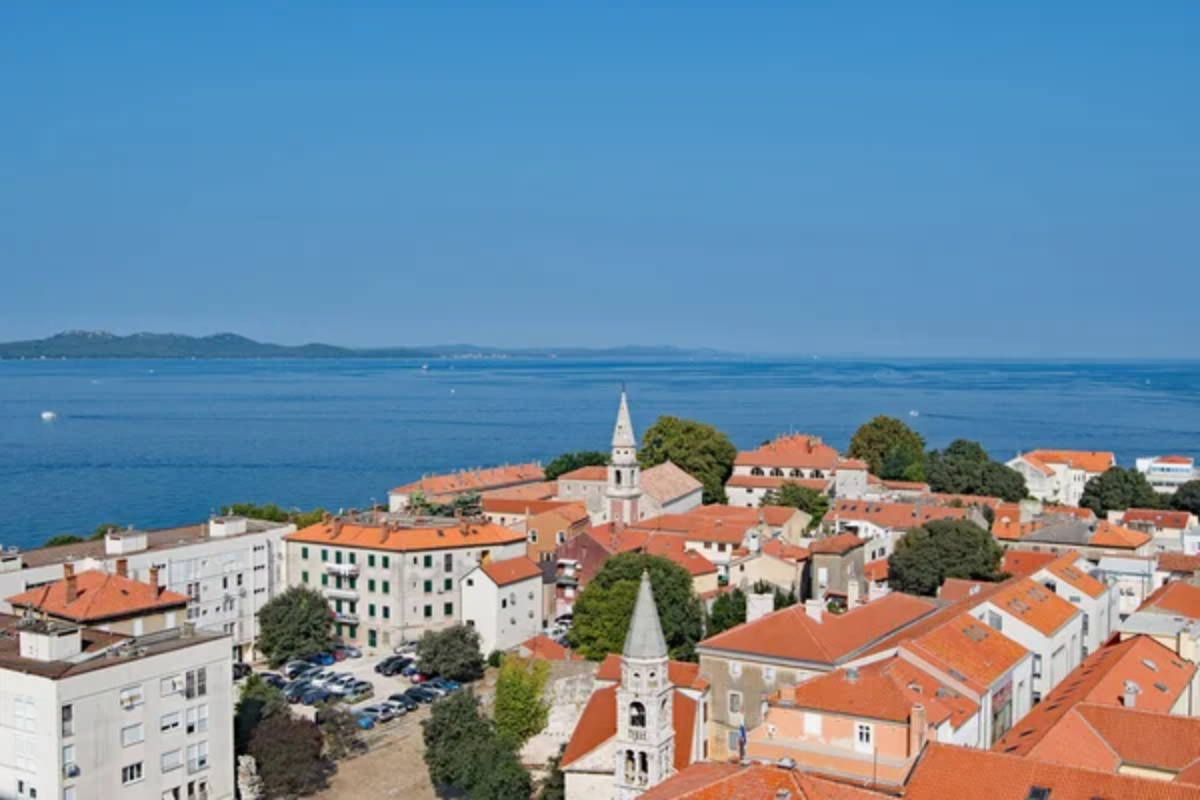
Croatia’s dramatic coastal mountains create physical barriers between the tourist-friendly coast and the country’s interior regions, with relatively limited transportation connections between these zones. Greek mainland destinations offer more integrated experiences between coastal areas and interior mountain villages with better-developed tourism infrastructure connecting these environments.
Croatian tourism remains heavily concentrated along its narrow coastal zone, while Greece has more successfully developed interior destinations. This accessibility difference affects the diversity of landscapes and cultures accessible during typical vacation timeframes.
Bathing Culture Traditions
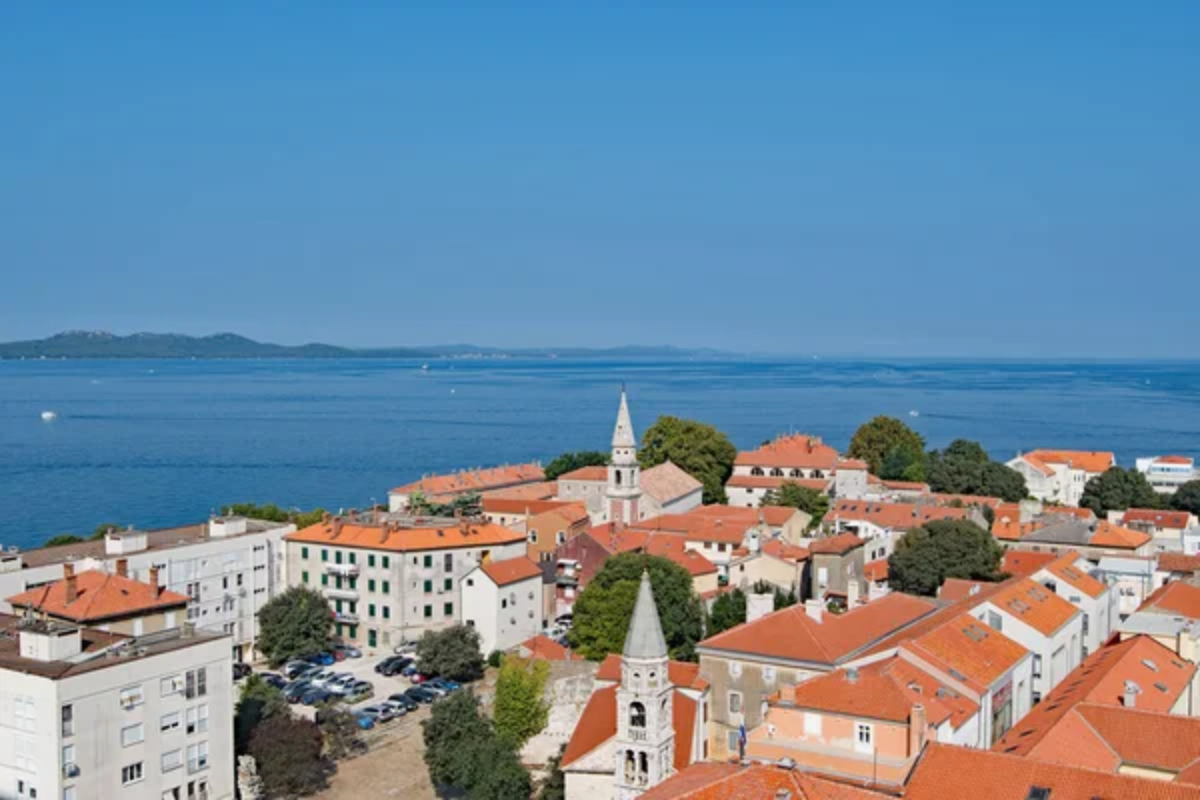
Croatian beaches maintain relatively conservative Central European attitudes regarding topless sunbathing, with practice limited to specifically designated areas and less common than in Mediterranean countries farther west. Greek beach culture generally adopts more relaxed Mediterranean approaches with the widespread acceptance of topless sunbathing on most beaches outside explicitly family-oriented areas.
Croatian beach facilities trend toward regimented rows of identical loungers available for rental. Greek beaches more commonly feature organic arrangements with greater space between groups. These bathing culture differences reflect broader distinctions between Central European and Mediterranean social attitudes.
Like Travel Pug’s content? Follow us on MSN.
Craft Production Authenticity
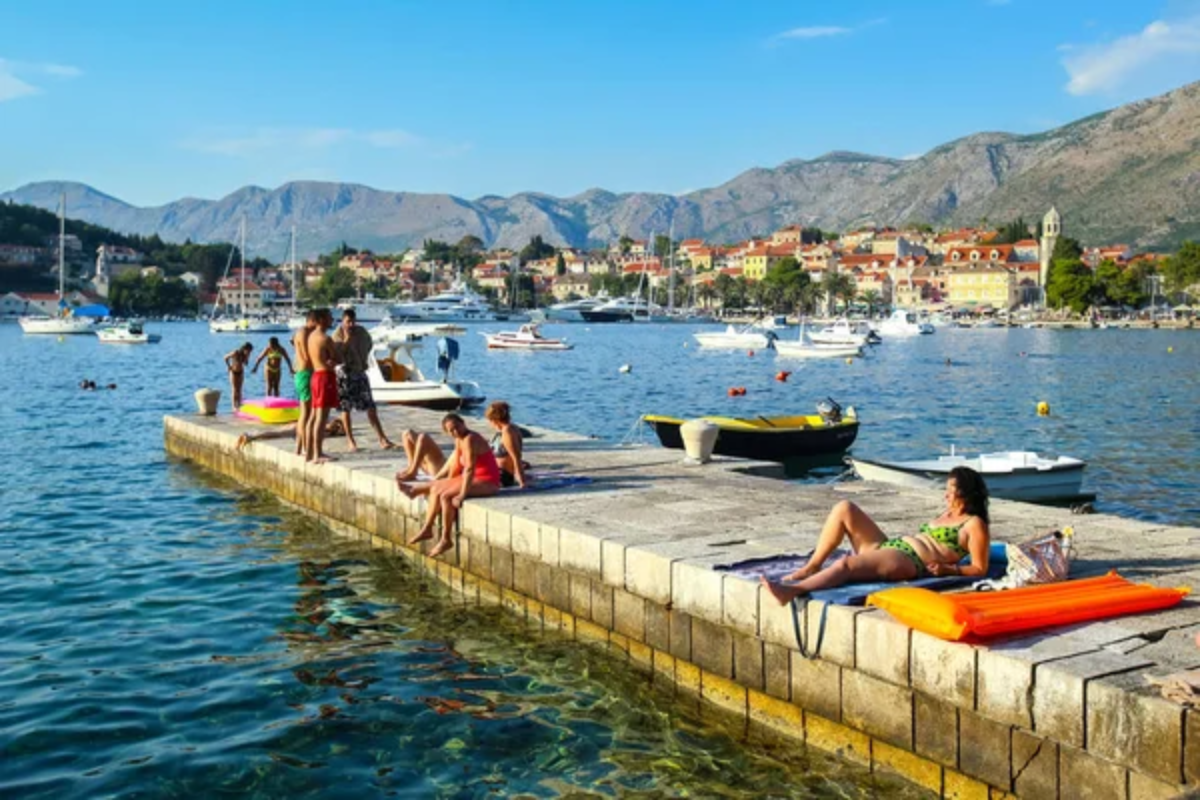
Croatian souvenir markets primarily feature imported generic Mediterranean products alongside a limited selection of genuine local crafts like Pag lace and lavender products. Greek islands maintain stronger traditions of local production with region-specific pottery, textiles, and food products available directly from producers.
Croatian traditional crafts suffered greater disruption during the Yugoslav period and subsequent war, creating discontinuities in production. Greek craft traditions benefit from more continuous development and stronger geographical indications protecting regional specialties.
These differences significantly impact the authenticity of material culture available to visitors.
Evening Activity Patterns

Croatian coastal towns embrace the evening passeggiata tradition of leisurely promenades along waterfronts, with social life centered around seeing and being seen during specific evening hours. Greek evening social life disperses more widely across tavernas, squares, and beaches without the formalized strolling tradition.
Croatian nightlife typically concentrates on specific venues with scheduled beginning and ending times. Greek evening activities follow less structured timeframes, with festivities often extending into early morning hours, particularly during summer.
These contrasting evening rhythms create distinctly different atmospheres despite superficially similar Mediterranean settings.
Navigating Mediterranean Cousins
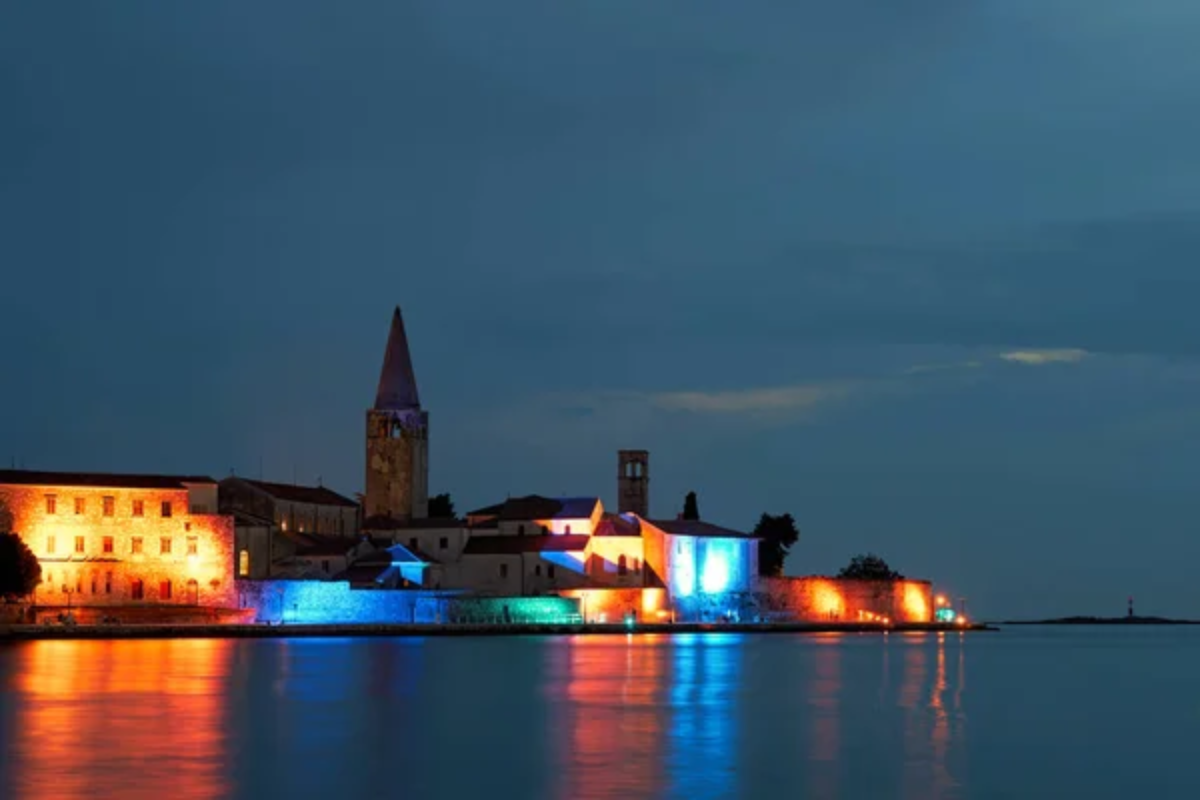
These sixteen distinctions reveal how countries sharing the same sea can offer remarkably different travel experiences shaped by geography, history, and cultural orientation. Greece’s connection to Eastern Mediterranean traditions contrasts with Croatia’s position at the intersection of Central European and Mediterranean influences.
Understanding these nuances helps travelers select a destination better aligned with their preferences or approach each country with appropriate expectations. The most rewarding Mediterranean experiences come through embracing these distinctive characteristics rather than seeking generic seaside holidays that could unfold anywhere with blue water and sunshine.
Like Travel Pug’s content? Follow us on MSN.
More from Travel Pug

- Cities Growing so Fast You Won’t Recognize Them in 10 Years
- 13 Destinations Where Tourists Regularly Regret Their Trip
- 20 Obscure WWII Sites Even History Buffs Don’t Know About
- 10 Under-the-Radar Mountain Towns That Are Both Affordable and Beautiful
- Remote Villages in Europe Where You Can Live for Free in Exchange for Work
Like Travel Pug’s content? Follow us on MSN.
